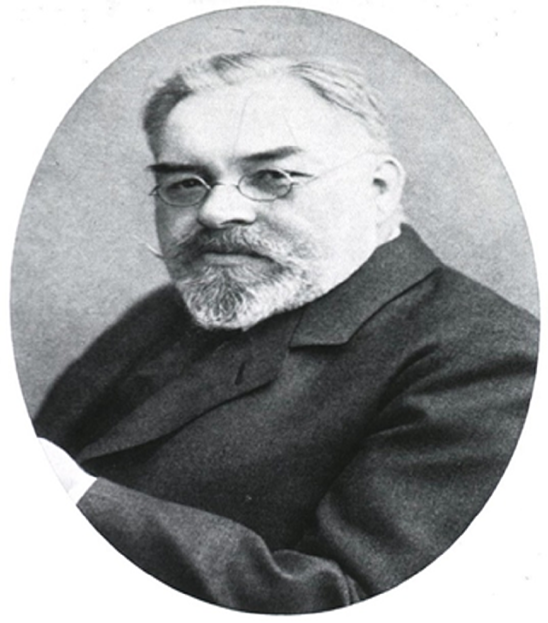
Fig. 1 Franz Nissl (1860–1919). Image in public domain.
Franz Nissl's legacy ought to be known at a time when the debate as to whether monoclonal antibodies are the ‘be-all and end-all’ for curing Alzheimer's disease rages on. Nissl's colleagues in Munich called him the ‘founder and creator of the anatomy of mental illness’ which makes both molecular and cellular sense, as he discovered activated microglia and rough endoplasmic reticulum in 1899 by his unique staining technique, the latter eponymously named ‘Nissl's substance’. Activated microglia are key neuroinflammatory pathways in various dementias and are also implicated in monoclonal antibody-induced neuroinflammatory side-effects, at a time when the crosstalk between neuroimmunology and psychiatry is at its peak. This is where Nissl's microglial activation discovery becomes important, not only in Alzheimer's disease but also in illnesses like long COVID-associated brain fog. Nissl was a mentor to Alois Alzheimer, and they both worked together at the Frankfurt mental asylum which resulted in their six-volume ‘Histologic and Histopathologic Studies of the Cerebral Cortex’ published between 1907 and 1918. Both were interested in neuroinflammation and would have been particularly pleased that their intersecting interests yielded some fruition 100 years later with the genome-wide study showing huge numbers of microglial and complement-related genes in late onset Alzheimer's disease. In 1884 while still in medical school, Nissl developed a staining technique with magenta red, methylene and toluidine blue which made nuclei visible. The fragments which showed dark blue were called Nissl's substance, now known as ribosomes which are a key part of the rough endoplasmic reticulum, where protein synthesis occurs. This certainly was the ‘Higgs boson’ moment in molecular medicine which has paved the way for antisense oligonucleotide gene therapies.
Nissl was born in Frankenthal in Germany to Theodor Nissl and Maria who herself lived with mental illness, and whether this ignited his interest in neurosciences is not known. Nissl studied medicine in Munich, where he won an essay prize on the fixation and staining techniques that he had developed. In his doctoral thesis he studied pathological changes in the nerve cells in the cerebral cortex. He began training in psychiatry as an assistant to Professor Johann Bernhard Aloys von Gudden who granted Nissl an assistantship at Furstenried Palace, but Nissl also continued with his neuropathological research at the Oberbayerische Kreisirrenanstalt Haar in Munich from 1885 until 1888. After the tragic death of von Gudden and King Ludwig II in 1886, Franz Nissl served as King Otto's ‘Prinzenarzt’ from 1885 to 1887 as Otto suffered from mental illness; this was where Nissl improved his staining methods for brain tissue. In 1889, he became a staff psychiatrist at the Frankfurt City Asylum and worked with neuropathologist Karl Weigert who was developing a neuroglial stain. This work stimulated Nissl to study mental and nervous diseases by linking them to observable changes in glial cells. In 1918, Emil Kraepelin invited Nissl to accept a research position at the German Psychiatric Research Institute where he was appointed head of the histopathology laboratory and worked with Korbinian Brodmann, famous for Brodmann's areas which were based mostly on the use of the Nissl stain. Nissl was an accomplished pianist, and he campaigned against alcohol consumption and popularised lumbar puncture. He died aged 57 in 1919, of a kidney disease in Munich. His legacy as the inventor of Nissl's stain that made rough endoplasmic reticulum visible to human eye is a major feat, without which the field of proteomics and metabolomics would not have existed in today's form. Professor Kraepelin, while writing his obituary in the ‘Journal of Nervous and Mental Disease’, stated, ‘His work proved astonishing through employment of a staining method with magenta red which presented the cells in clearness and beauty hitherto unknown.’
Declaration of interest
None




eLetters
No eLetters have been published for this article.